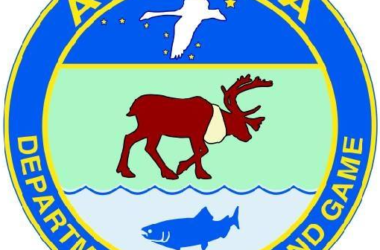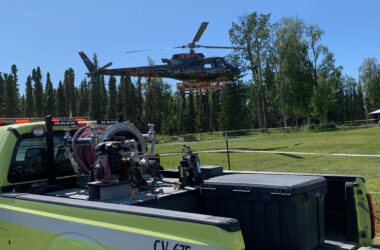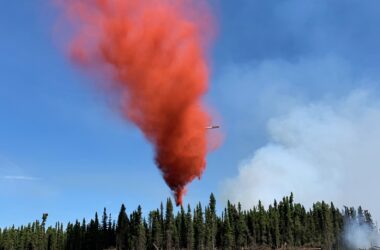A new Physical Oceanographic Real-Time System, also known as PORTS, aims to improve maritime safety and efficiency off Valdez. NOAA and the Prince William Sound Regional Citizens’ Advisory Council partnered to establish the third new PORTS system this year, the 36th in the nationwide network.
The Valdez PORTS will consist of an existing NOAA National Water Level Observation Network station at Valdez and two new meteorological-ocean buoys, operated and maintained by the council, that measure tidal currents, wind, air temperature, water temperature and barometric pressure.
One of the buoys is located off Jackson Point, at the Alyeska Pipeline Service Company’s Valdez Marine Terminal. The other is near the Valdez Duck Flats. In addition to maritime commerce, NOAA claims that the information also improves natural resource management by collecting environmental data.
Dr. Jennifer Jurado in Broward County, FL discussed the implementation of a similar system in their area: “Having this very locally available data helps to underscore what we intuitively already know to be true, but also reveals the nuances of local conditions. We’re currently in the process of developing very advanced hydrologic models to help support resiliency initiatives. This locally-available oceanographic data, water level data, will be vital to calibrating those models, to help support infrastructure planning in our communities and also through its resilient nature, will help to ensure that we have continuous long-term data sets.”
The Port of Valdez is projected to see an increase in commercial ship traffic and passenger cruise ships in the next five to ten years. It is known as the northernmost ice-free U.S. port, where it does not freeze over in winter and is an ideal access point for goods shipped to interior Alaska locations.






